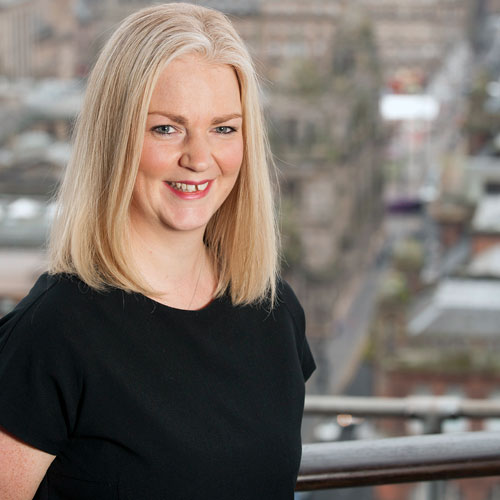Almost a year ago, we were approached to facilitate a project reviewing what communications were being sent to university applicants throughout the application process. The objective was to develop an understanding of the applicant journey and the communication received, uncover current best practice and variances of practice, and look for gaps and improvement opportunities.
We started thinking about how we could use the ‘Double Diamond’ approach from the Design Council to ensure that we were looking at reviewing the communication from the perspective of the applicant and take a more customer focused approach.
It all seemed quite simple, but we had to adapt and change our approach when we faced some challenges getting access to the customer.
Customer focus
Taking a customer focused approach means having to have an understanding of the customers – who they are, what their needs, expectations and wants are. To do that there needs to be a phase of research in the project.
We set out looking to do some research with some customers to discover how the communications sent to applicants suit their needs. we wanted to keep the customer at the centre of the process, we first needed to understand their needs and perspectives.
In a project like this the first step is often to create personas which can then be used to map the customer journey. This is often done via focus groups. The idea being to gather actual customers and give them the chance to input to the personas to make them as realistic as possible.
Getting started
Our goal was to identify several named personas for each student type, (Undergraduate UG), Postgraduate Taught (PGT), and Postgraduate Research (PGR). Each persona would have a name, an age, and a background, and they would have different needs so that later, when we’re mapping the process, we can get a better understanding of what their experience of the current process might be, and also test future prototypes.
There are lots of ways to do this but the image on the slide shows a simple and popular choice.
We planned to get groups of students together for a focus group from across the university to create personas and answer questions like:
- where is this person from?
- are they coming to Glasgow alone?
- what do they care about?
- what do they see and hear?
- what do they say and do?
- what do they think and feel?
Barriers
Unfortunately, access to applicants proved to be quite a challenge, so we had to get quite creative in our approach.
Our focus was to get a profile on applicants, but we were unable to get a group of applicants together in a group to get details from them to create profiles. That made us think about getting a group of students together instead.
Students were the closest to applicants that we would have access to, but there were still some issues. The time of year we would have been looking at holding a session coincided with the spring break, then there was study leave and exams. We didn’t want to take up the time of students at the point where they were coming up to their exams.
Another factor that stopped us from speaking to students was that it had been a long time since they had been applicants were unlikely to remember all the communications they received, how clear they had been and how well they had met their needs. They may not have been able to provide an accurate account. It also so would not represent anyone who had been unsuccessful.
We decided holding a focus group with students was not an option, so turned to surveying applicants instead.
Surveying Applicants
Surveying applicants is not that straightforward. When an applicant applies to our university, they could be applying to other universities at the same time. We did not want to be seen in any way to be influencing an applicant’s decision on their application. We decided that what we needed was to have a look at what surveys were already available, and thankfully there were some surveys that had already been conducted and would be of use to us. Two surveys of students that asked questions about communication provided some perspective, as did a survey conducted by one of the faculties.
 A survey of decliner applicants was the final piece of research that we conducted, and it turned out to be very informative. Asking applicants who had been made an offer and who had decided not to take it enabled us to get a more rounded perspective of applicant experience. Those who had accepted an offer were covered by the existing surveys and the ones who had not accepted were covered by the decliner survey.
A survey of decliner applicants was the final piece of research that we conducted, and it turned out to be very informative. Asking applicants who had been made an offer and who had decided not to take it enabled us to get a more rounded perspective of applicant experience. Those who had accepted an offer were covered by the existing surveys and the ones who had not accepted were covered by the decliner survey.
Results
Despite the challenges, we did manage to get some meaningful data that gave us perspective from applicants. We had data from as many different sources as we could and felt that we had enough to ensure we were able to review the effectiveness of the communications to applicants from their perspective. This enabled us to review the mapping we did with the project team and consider how we currently communicate with applicants and how well we meet their needs.
When it comes to taking a customer focused approach, ideally all the research is done before starting any mapping activities. In our case, this ended up not being possible – we could not delay the start of the project, so we had to think differently. We needed to be flexible in our approach. We started out thinking we would gather data from our customers, we would have it before beginning mapping activities, but with all the issues we faced getting data, we had to think differently with each problem we faced. Having a plan is helpful, but being flexible in approach is even more important.


